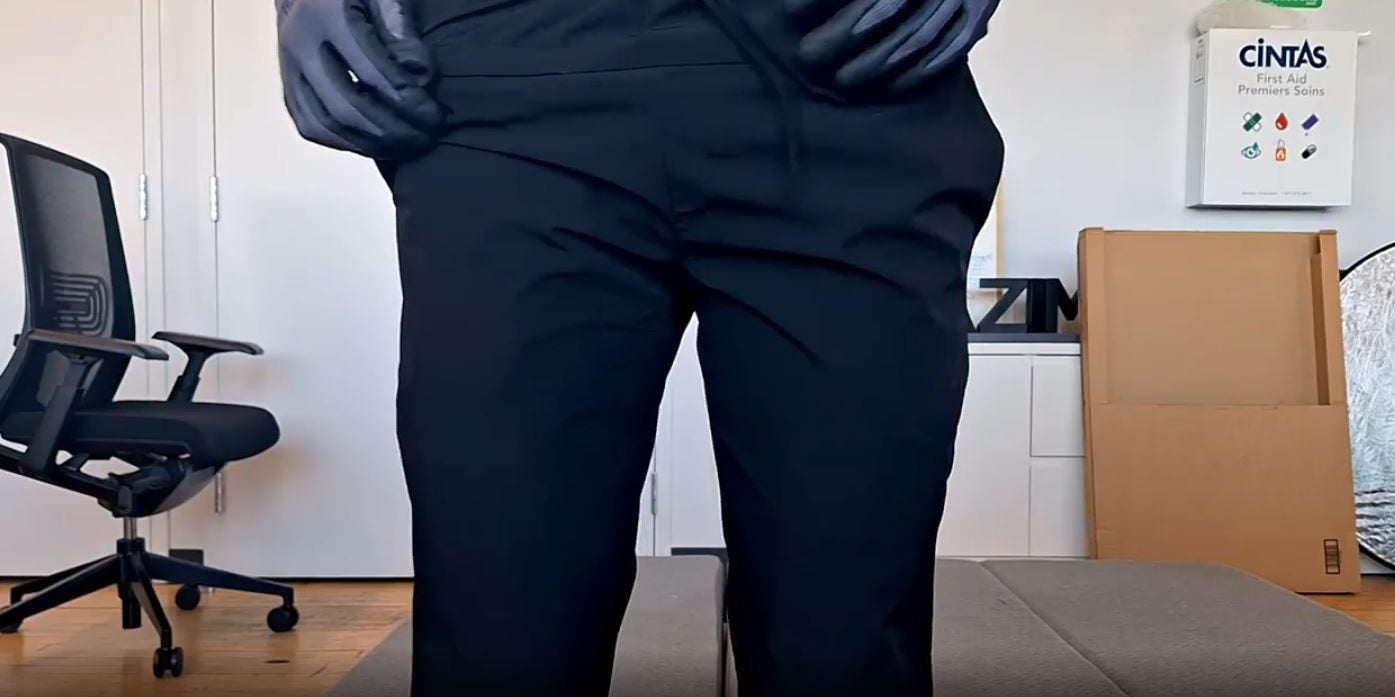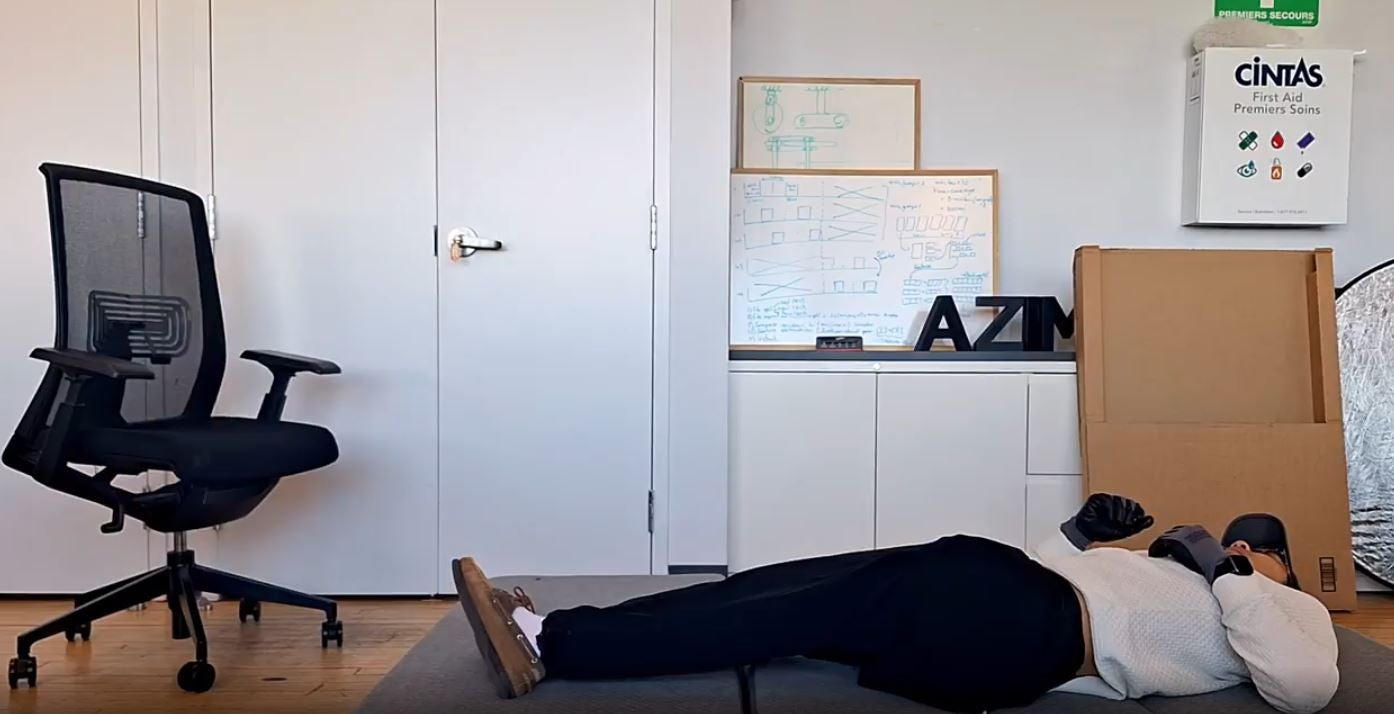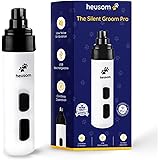Montreal’s Groundbreaking Wearable Airbag Could Change Fall Protection Forever – Are You Ready to Stay Safe and Active?
Ever wonder if your pants could do more than just hold your keys and phone? What if they could actually save your bones? Azimut Medical is turning that “what if” into a reality with its groundbreaking smart garment—trousers that inflate like airbags during a fall. With nearly one in three Canadian seniors facing potentially serious falls each year, this isn’t just clever tech; it’s a potential game-changer for eldercare and injury prevention. Inspired by personal experience and powered by cutting-edge AI and sleek fashion design, these smart trousers promise comfort, style, and most importantly—protection. As they gear up for the first large-scale trial and plan a commercial launch in 2026, this innovation might just redefine how we think about wearable safety. Curious how it all works and where it’s headed? LEARN MORE.
Azimut Medical has launched the first large-scale trial of its breakthrough smart garment – trousers that inflate during a fall – with plans to commercialize in 2026.
Nearly one in three Canadian older adults will experience at least one fall this year – the leading cause of injury-related hospitalizations for people over 65. Now, a MedTech startup is on a mission to lower that statistic with a first-of-its-kind invention: wearable airbag technology that easily inserts into a custom pair of trousers to help soften the fall and prevent fracture.
“The real innovation we’re bringing to this sector is a miniature airbag system entirely controlled by electronics,” said Maxime Bolduc, CEO and Co-founder of Azimut Medical, who was inspired to do a better job of protecting older adults after watching his grandmother go through a lengthy recovery after falling and breaking her hip.

“At the same time, we’re combining fashion expertise with AI to design clothing for older adults that is both comfortable to wear and smart,” he added.
The company’s innovative product – a custom pant with a zippered pouch to hold the unique inflatable membrane, which is equipped with electrical sensors to analyze a person’s movement in real-time and is designed to be completely indistinguishable from a regular pair of trousers when worn– is being piloted at the CIUSSS du Centre-Sud-de-l’Île-de-Montréal (CCSMTL), in partnership with the Montreal Chinese Hospital and the IUGM Research Centre. Data collected by the airbag sensors is analyzed using proprietary algorithms to distinguish a fall from everyday living. When a fall is happening, the airbag quickly inflates to protect the wearer and absorb the force of impact.
As part of the pilot, the smart garment is being evaluated with older adults receiving hospital-based continuing care, as well as by geriatric experts who provide that care. The results are helping to refine the technology as the company gears up its go-to-market strategy, which is rapidly scaling towards commercialization next year thanks in part to Mitacs, a leading innovation organization that connects businesses and researchers to drive collaboration, deploy skilled talent, and build innovation capacity to strengthen Canada’s productivity and global competitiveness.
To help launch the company in 2021, both Bolduc and co-founder Pierre Li tapped into a Mitacs program aimed at helping up-and-coming entrepreneurs to grow their startups. The program supported the evaluation of an early prototype, as Bolduc completed his engineering master’s degree in Innovation Management and Li graduated from his master’s degree in mechanical engineering. Since then, the company has leveraged other Mitacs programs to hire highly skilled student researchers in the fields of engineering, electronics and machine learning to help advance the technology.

“Mitacs is a fantastic organization that really helped us to support the evaluation and development of our technology,” said Bolduc, adding that during the company’s first year, they hired seven student researchers at one time. “Their support was instrumental in accelerating our product development.”
According to Mitacs CEO Stephen Lucas, “Mitacs places top-tier talent in Canadian firms, especially SMEs, to support industry-academia collaboration. This helps unlock innovation potential, de-risk R&D for firms, and build lasting academic-industry relationships. Our national reach, international connections, and ability to broker cross-sectoral partnerships allow us to deliver results at scale, helping Canadian businesses compete globally while developing the next generation of a skilled and innovative workforce.”
Unlike the explosive airbags used in cars, Azimut Medical’s technology is safer, silent, rechargeable and can be reset after each use. The new design, based on a zippered inflatable membrane, allows users to easily remove the system, so the garment can be washed, and the airbag can be recharged.
The technology’s fall prediction algorithm is currently designed for widespread use. In the future, the company will be working to develop more personalized algorithms capable of predicting other health biomarkers, such as predictors of early dementia or detecting early signs of Parkinson’s disease.
“The hard part is getting older adults to like the garment and wear it, and we’re already there,” said Bolduc, noting that the garment received high user acceptance scores for comfort (4.2 out of 5). “Our long-term goal for our system is to become a fully integrated, protective and discreet digital health hub, with peace of mind, privacy and independence as a central focus.”

As it ramps up production for the pilot – with 120 devices expected to be ready for trial, including smaller test sites at private retirement homes in addition to the large hospital-based pilot – Azimut Medical is finalizing the hiring of a Director of Operations and a Director of Sales. Azimut Medical is also raising its first financing round to support the pilot trial, building its production capacity and generating revenue in Canada.
The company is also investigating the possibility of leveraging its innovative airbag system to develop smart garments for high-level athletes and sports teams who want access to real-time movement data for training purposes.
“For now, we’re focused on older adults, where our goal is to do better than traditional fall alerts that only send help after someone falls,” Bolduc said. “An alert is nice, but it’s not going to stop a bone from breaking.”
About Mitacs
As a leading Canadian innovation organization, Mitacs connects businesses and researchers with unrivalled access to talent, financial support, and the partnerships needed to turn ideas into impactful innovations. Through unique collaborations, Mitacs is driving productivity and positioning Canada as a global innovation leader. Mitacs is funded by the Government of Canada, the Government of Alberta, the Government of British Columbia, Research Manitoba, the Government of New Brunswick, the Government of Newfoundland and Labrador, the Government of Nova Scotia, the Government of Ontario, Innovation PEI, the Government of Quebec, the Government of Saskatchewan, and the Government of Yukon.




















Post Comment